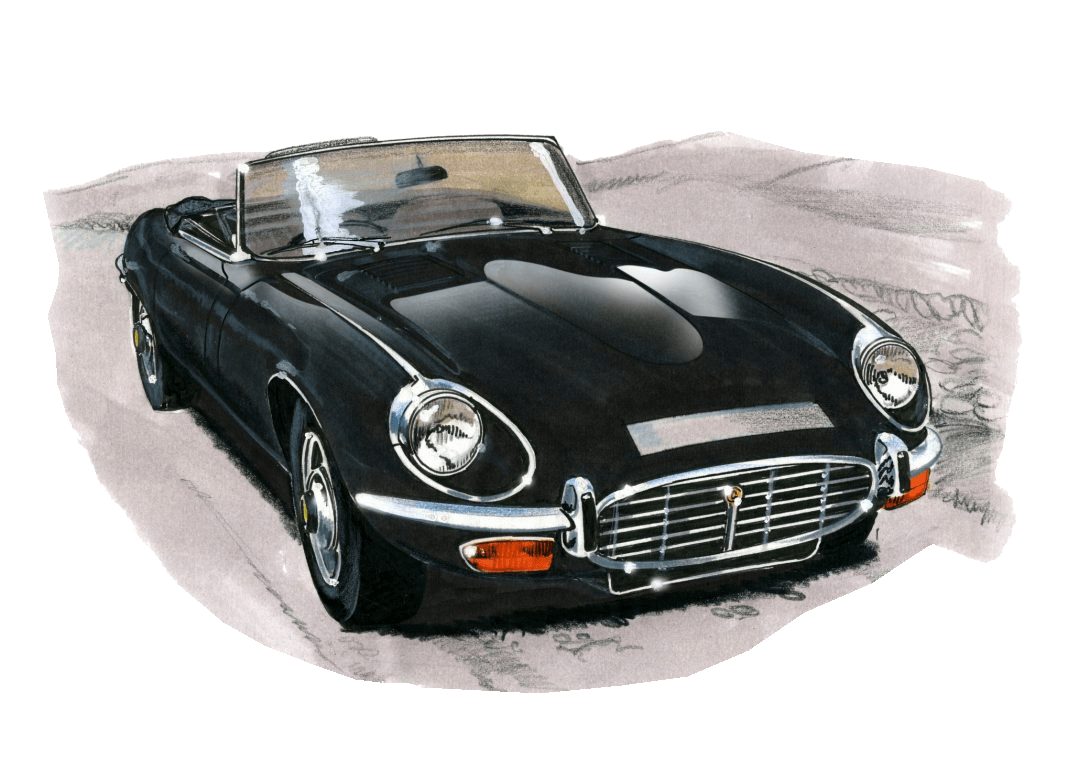
Regarded as an icon in the automobile industry, the Jaguar E-type Series III has captured the hearts of car enthusiasts worldwide. Often referred to as the epitome of performance and style, the Series III is renowned for its unmatched blend of power, elegance, and sophistication. Integral to the Series III’s performance credentials is its transmission system; the key player that transmits power generated by the engine to the driven wheels, ensuring the vehicle’s seamless movement. This article examines the types of transmissions available for the legendary Jaguar E-type Series III.
The Jaguar E-type Series III, launched in 1971, embraced superior engineering by famously deploying the V12 engine, designed to create a more powerful and impeccably smooth drive. To complement this engine’s potency, Jaguar fitted the E-type series III with two types of transmission systems – the four-speed manual transmission and the three-speed automatic transmission.
1. The Four-Speed Manual Transmission:
A manual transmission was considered the standard offering with the Jaguar E-type Series III. This type of transmission uses a driver-operated clutch, typically engaged and disengaged by a foot pedal, and a gear stick that’s manual operated. By embracing the four-speed manual gearbox, Jaguar ensured that the drivers had full control of the car’s gears, thereby offering an engaging and direct driving experience.
The four-speed manual gearbox allowed drivers to harness the full potential of the vehicle’s venerated V12 engine, boasting the potential to optimally regulate fuel consumption during acceleration, cruising, and stopping times. A driver with an adeptness to manual gearboxes could effectively maximize the vehicle performance and fuel efficiency, offering a dynamic and exhilarating driving experience that showcased the vehicle’s raw power and agility.
2. The Three-Speed Automatic Transmission:
In addition to the standard four-speed manual transmission, Jaguar also offered an optional three-speed automatic transmission in the E-Type Series III. This was done acknowledging the unique preferences of different drivers, offering ease of use, and opening avenues for a more laid-back, less-strenuous driving experience.
Unlike the manual transmission, the automatic system does not require a clutch pedal and offers automated gear changes, minimizing driver involvement during gear shifts. This could be particularly useful in commuting conditions or stop-and-go traffic, reducing the driver’s workload and ensuring a comfortable and effortless ride.
It is worth noting that the automatic variant was equipped with a Borg Warner Model 12 unit, which was renowned for its robustness and its ability to handle the V12’s high torque output. Despite being only a three-speed transmission, it was well-matched to the new V12 engine ensuring smooth gear changes and efficient power transfer.
In conclusion, the Jaguar E-Type Series III is remembered for its advanced automotive engineering and elegant design, and its transmission options were no exception. Whether it was the engaging dynamics of the four-speed manual gearbox or the effortless convenience of the three-speed automatic transmission, these systems were key factors driving the performance narrative of this timeless classic. By offering both transmissions, Jaguar ensured that, irrespective of one’s driving preferences, the profound driving pleasure that the E-Type Series III promised remained uncompromised.